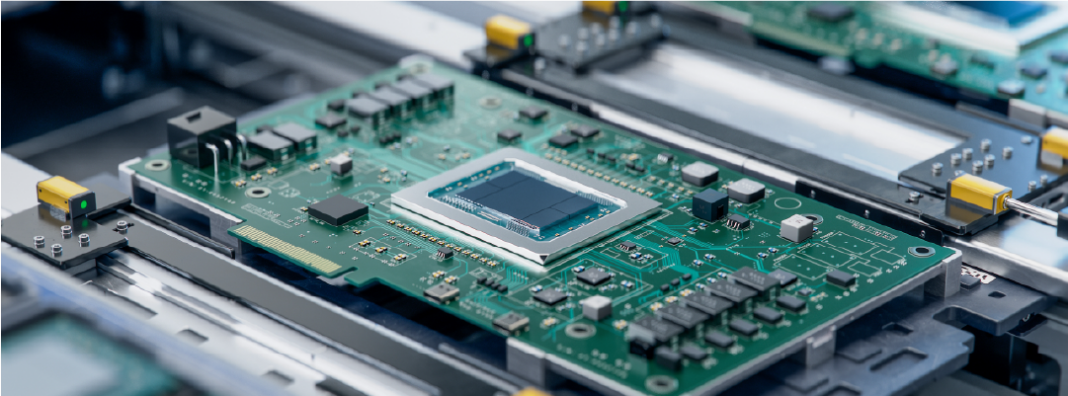
The CHIPS and Science Act was signed into law a year ago, earmarking nearly $53 billion to reinvigorate the U.S. semiconductor industry. Now comes the tough part: strategic implementation and oversight.
The growth of well-paying manufacturing jobs has been one of the selling points for CHIPS. But creating jobs should not be the primary lens through which we view this act. While employment opportunities are a welcome byproduct, the primary goal should be to elevate the U.S. as a leader in high-tech manufacturing. Building a workforce to staff the new chip factories will be where the bill succeeds or fails.
In signing the CHIPS and Science Act, the White House touted the labor effects of the bill, saying that it will “create tens of thousands of good-paying, union construction jobs and thousands more high-skilled manufacturing jobs, and catalyze hundreds of billions more in private investment.”
It has been a common talking point since then. Sen. Maria Cantwell (D-WA), for example, recently praised the “44,000 new high-quality jobs [that] were announced as part of these new projects, including at least 2,880 in the Pacific Northwest.”
But job announcements aren’t the same as filled positions. Indeed, all the major chip manufacturers that have been boosted by the bill are facing worker shortages in the construction and running of the chip plants.
Taiwanese chipmaker TSMC pushed back the launch date of its new factory in Arizona by a year because it is struggling to find the right workers. Intel, which is also building a new factory but in Ohio, is having a tough time getting enough electricians and pipe fitters to complete the job.
In this, America’s demographic profile is proving a hurdle for its economic goals. When the new chip factories go online in a couple of years, an additional 67,000 workers will be needed. And these people will need a range of different skill sets. As Sayed Alam, the global head of Accenture’s semiconductor practice, explained it, “You need the PhDs in materials sciences and electrical engineering for some advanced silicon technology work, you need electrical engineers for manufacturing and other things, and then you also need a lot of people who will be working on the software, or as print technicians, factory supervisors, or factory machine operators.”
Recognizing that new people need to be trained, Intel has been working with the Ohio community college system to create a worker certification program. The federal government should encourage such efforts where it’s able.
For CHIPS to yield its maximum potential, our focus must shift from viewing it as a mere jobs program to recognizing it as a crucial step in enhancing manufacturing capabilities and worker productivity.


 Washington Examiner
Washington Examiner